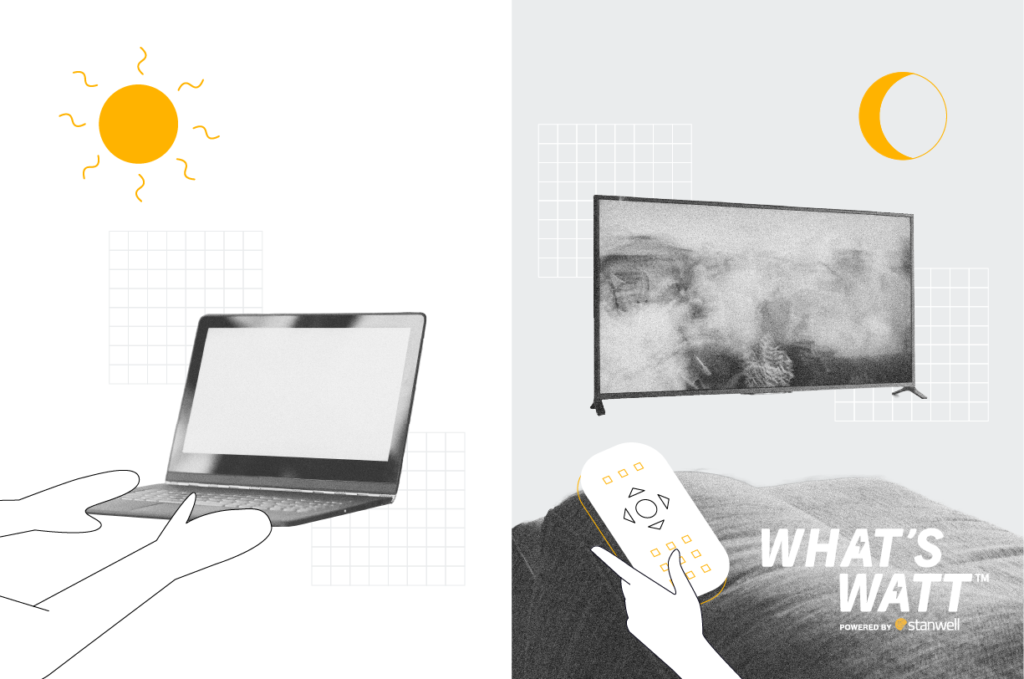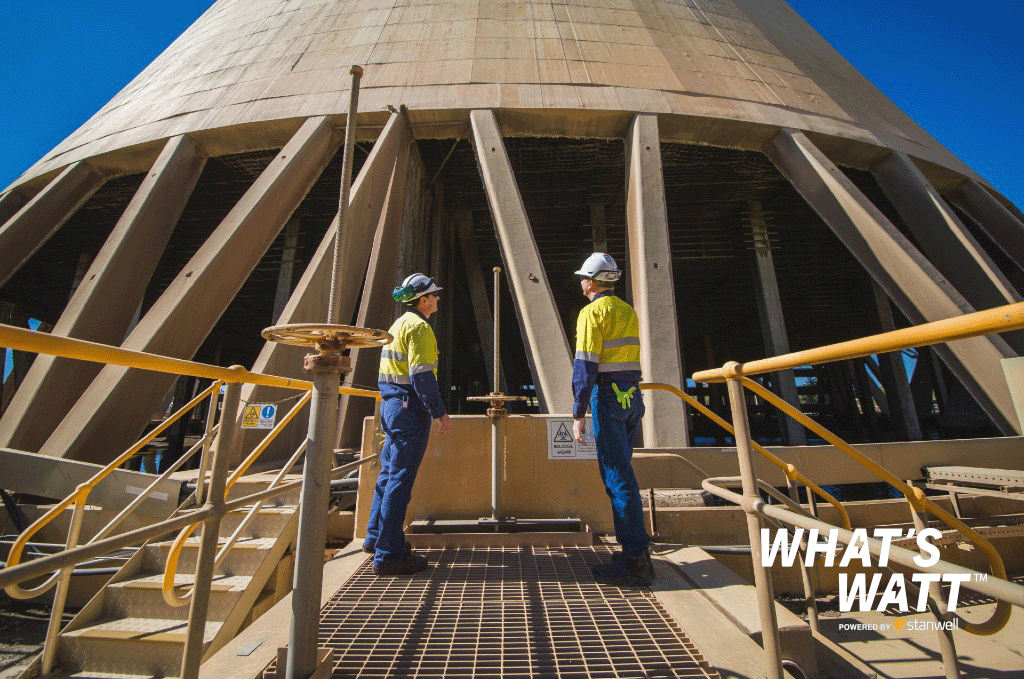Did you know you could save money on your electricity bill just by using power at different times of day? Here’s what you need to know about peak and off-peak rates, and how you can take advantage of them to make a dent in your power bill.
What are peak and off-peak rates?
The amount your energy retailer charges to supply you with electricity depends on whether you’re on a single rate tariff (also known as a standard rate), or a time-of-use tariff.
If you’re on a single rate tariff, you’ll pay a flat rate for the electricity you use. The total price will go up or down each month depending on how much electricity you use, but it won’t matter when you use it – if you run your pool pump for eight hours overnight, it’ll cost you the same amount of money as it would to run it for eight hours during the day.
If you’re on a time-of-use tariff, however, you’ll pay a different amount for your electricity depending on when you use it. Time-of-use rates will vary depending on your retailer and your specific plan, but generally, they’re divided into three periods – peak, shoulder and off-peak.
Peak periods are when demand for energy from the grid is highest, usually during the afternoons and early evenings on weekdays. These are the times when nine-to-five workers are coming home and using power, whether they’re switching on the TV, turning on their air conditioners, putting a load of washing on or making dinner.
Off-peak periods are when demand is lowest. Again, the exact times will vary from retailer to retailer, but off-peak periods have historically been late at night and early in the morning, when most people are asleep, businesses are closed and the demand for energy from the grid is at its lowest. Some retailers are now including the middle of the day in the off-peak period, as rooftop solar decreases demand during this time.
Shoulder periods are the in-between periods that sit between peak and off-peak periods – usually the middle of the day, or later in the evening, after people have had dinner and are starting to wind down for the night but before they go to sleep.
On a time-of-use tariff, you’ll be charged a higher rate for your electricity during peak periods, a lower rate during off-peak periods, and an in-between rate during shoulder periods. The less energy you use during the busiest times of the day, the more you’ll save.
The logic behind time-of-use tariffs is that, the more electricity is used in busy peak times, the more strain it places on Australia’s energy grid. The rapid rise of variable renewable energy sources such as rooftop solar panels has made this strain more acute – the period at the end of the day when the sun stops shining coincides with the period when most people are returning home from work, leading to sharp spikes in demand for energy from the grid.
Time-of-use tariffs provide an incentive for energy users to shift as much of their consumption as possible outside peak periods, helping to flatten the demand curve and placing less pressure on the grid.
Am I eligible for a time-of-use tariff?
To take advantage of a time-of-use tariff, you’ll usually need to have a smart meter installed. A smart meter is a device that digitally measures when and how much electricity your residence or business uses, and sends that information to your energy retailer for billing.
This is in contrast to traditional meters, which require someone to physically attend your property to take a reading, and can only tell you how much electricity you’ve consumed since someone last read the meter. These traditional meters don’t provide your retailer with the level of detail required for a time-of-use tariff.
Smart meters are now the default for new meter installations and replacements in most Australian jurisdictions, including Queensland. If you’re not sure if you have a smart meter, contact your energy retailer – they may be able to provide you with one if you want to switch to a time-of-use tariff.
The Queensland Government has also committed to ensuring every household has a smart meter by 2030 as part of the Queensland Energy and Jobs Plan, so if you don’t have one yet, you soon will.
Can I save money with a time-of-use tariff?
The amount of money you’re able to save with a time-of-use tariff will depend entirely on how you use energy, and your ability to shift your consumption patterns to make more use of off-peak periods.
If you already use most of your energy in off-peak periods but you’re on a flat rate, it’s a no-brainer to look into a time-of-use tariff. But if the bulk of your energy use currently coincides with peak periods, you’ll need to look at what you can change to make a time-of-use tariff work for you.
If you’re able to use energy-intensive appliances like washing machines, dryers, dishwashers at pool pumps at off-peak times, then there’s a good chance you’ll benefit from a time-of-use tariff. It’s worth checking if your appliances have a time-delay or remote control capacity, so you can set them to run during off-peak periods even if you’re asleep or at the office.
If you have rooftop solar panels that are connected to a battery, enabling you to store excess energy that you can use during times of peak demand, then a time-of-use tariff may also be of use to you.
It’s also possible, however, that switching to a time-of-use tariff won’t necessarily leave you better off. If you run a business that requires you to use energy-guzzling appliances during peak periods, for instance, and you don’t have a solar battery, then you’ll be left paying a higher rate for that electricity.
In that case, there’s a good chance you’re better off with a single rate tariff, so you don’t have to worry about what time you use your energy.
If you’re not sure how much energy you’re consuming and when, and you already have a smart meter, you should be able to log into your account with your energy retailer to access your data and determine if your consumption patterns would suit a time-of-use tariff.
If you’re a night owl or an early riser, it could be time to start making those late nights and early mornings work in your favour…



